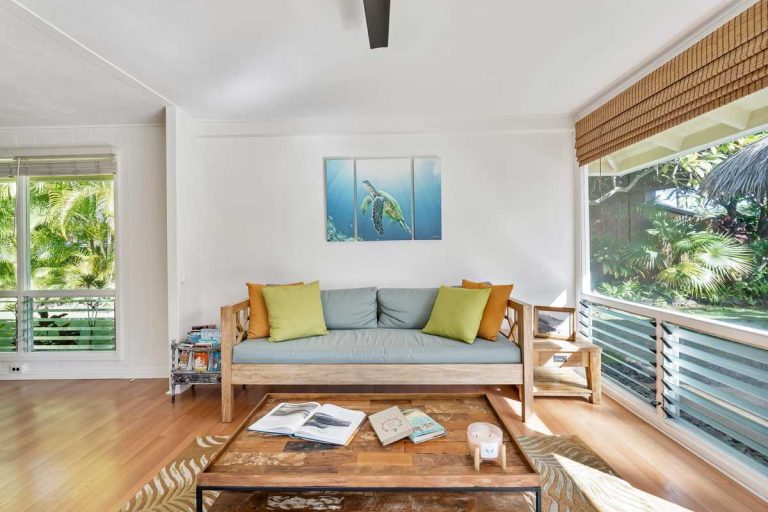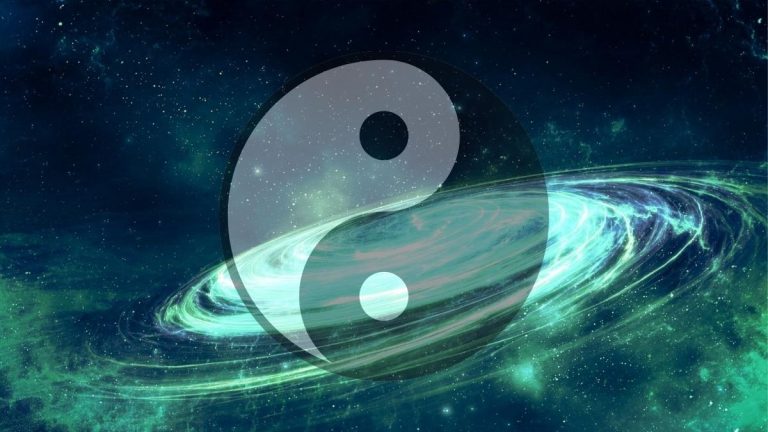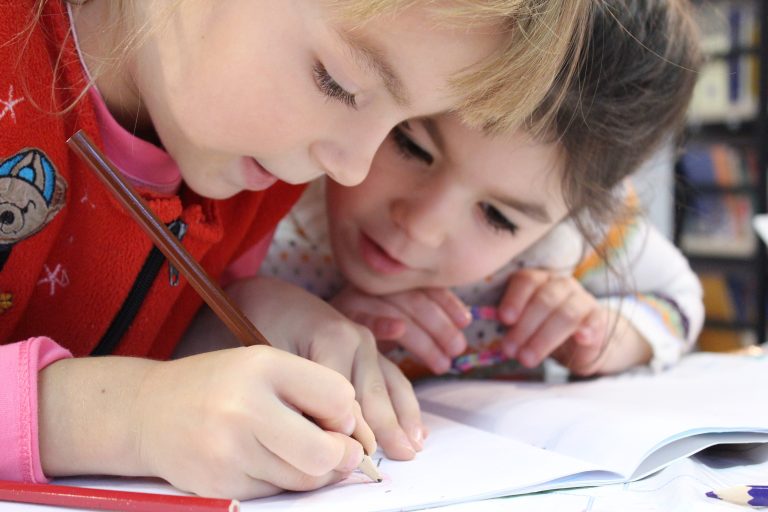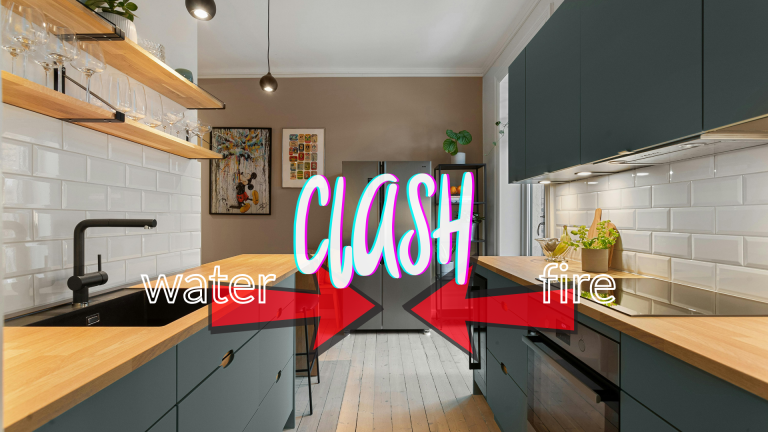Mirrors in Feng Shui: Placement, Purpose, and Psychology
Walking past a mirror late at night can trigger an unexpected unease that seems to come from nowhere. Two seemingly identical rooms can evoke completely different feelings—one makes you deeply relaxed while the other leaves you restless and on edge. These subtle but powerful responses often trace back to something we rarely consider: where mirrors are placed in our environment.
Historical Origins: The Story Behind the “Demon-Revealing Mirror”
The mystical significance of mirrors in Chinese culture traces back to the Han Dynasty (206 BCE – 220 CE). Archaeologists have uncovered bronze mirrors in Han tombs—these weren’t just daily tools but carried deep cultural meaning as protective objects that could ward off evil spirits.
Ancient Chinese believed mirrors could “reveal the true form of demons and spirits.” This concept evolved into a central symbol in Taoist philosophy, where mirrors became instruments capable of unveiling truth and distinguishing reality from illusion. By the Ming Dynasty (1368-1644 CE), the “demon-revealing mirror” of the Taoist deity in Journey to the West elevated this concept to its peak, establishing mirrors as the ultimate symbol of “truth revelation” in Chinese culture.
The Essential Nature and Properties of Mirrors
In Five Elements theory, mirrors belong to “Metal” and carry strong yang energy. Ancient craftsmen used bronze mirrors to reflect sunlight for making fire—this practical function gradually evolved into the feng shui concept of “dispelling gloom and eliminating negative energy.” The yang energy of mirrors is primarily expressed through illumination: reflecting light and increasing spatial brightness.
This fundamental understanding leads us to three essential properties that define how mirrors function in feng shui:
Yang Energy – Mirrors naturally carry yang energy, capable of enhancing brightness and life force in any space. This explains why proper mirror placement can make areas feel more open and energetic.
Reflection – The core function of mirrors is reflection—not just of light, but of energy itself. In feng shui, this property is used to “deflect harmful sha qi,” redirecting negative energy away from inhabitants.
Revelation – This is the deepest attribute of mirrors. They don’t just reflect the external world; they reveal the internal one. The ancient concept of the “demon-revealing mirror” actually refers to mirrors’ ability to expose hidden truths about ourselves.
Proper Usage: Timing and Methods
Deflecting External Sha Qi
When your home faces sharp buildings, utility poles, or other sources of “sha qi,” mirrors can reflect these negative influences. The key lies in the angle—avoid direct confrontation and instead use deflective reflection.
Expanding Small Spaces
Strategically placed mirrors in narrow entryways or hallways create visual expansion. But avoid positioning them directly facing main activity areas.
Improving Natural Light
Mirrors in poorly lit areas effectively increase brightness. Choose positions that can reflect natural light for best results.
Why Mirrors Shouldn’t Face the Bed
Subconscious Disruption
When we gaze at ourselves in mirrors, we often experience a subtle questioning: “Is the person in the mirror really me?” This self-doubt creates unease at the subconscious level. During sleep, when our conscious defenses are lowered, we become more vulnerable to this “revelation effect.”
Psychological Mechanisms
Modern psychology reveals complex human reactions to mirror images. French psychoanalyst Jacques Lacan’s “mirror stage theory” explains how mirrors trigger internal conflicts in self-recognition. In bedroom environments requiring deep relaxation, this psychological tension disrupts sleep quality.
Environmental Psychology Evidence
Research shows that reflective surfaces in bedrooms increase “alertness stimuli,” making it difficult for the brain to enter deep sleep states. Mirrors create a subconscious sense of “being watched,” which conflicts with the “security” needed for quality sleep.
The Modern Scientific Value of Feng Shui Theory
The example of mirrors facing beds reveals how feng shui principles find scientific validation in contemporary research:
Environmental psychology confirms the profound impact of surroundings on psychological states. The feng shui concept of “qi field” can be understood today as “environmental atmosphere”—encompassing light, spatial perception, and psychological comfort.
Neuroscience research discovers that visual environments directly affect the brain’s stress response systems. Feng shui’s emphasis on “smooth sightlines” and “avoiding sha qi” actually creates environments that reduce visual stress.
Human factors engineering also validates how spatial configurations influence human behavior and feelings, aligning perfectly with feng shui’s pursuit of “harmony between people and environment.”
Light Sha in Modern Cities
In contemporary urban environments, glass curtain wall buildings create a new feng shui challenge—light sha.
Glass facades of high-rise buildings produce intense reflected light at specific angles, disturbing surrounding buildings and residents. From a feng shui perspective, this represents a modern version of the “demon-revealing mirror effect”—excessively strong reflective energy creating environmental imbalance.
Actual impacts include:
- Intense light entering interiors, affecting living comfort
- Long-term light interference causing eye fatigue and psychological irritation
- Abnormal indoor temperature increases, raising air conditioning costs
Personal coping strategies:
- Install adjustable curtains or blinds
- Apply frosted film to windows affected by light sha
- Rearrange interior layouts to avoid direct light exposure areas
Understanding mirrors as feng shui tools isn’t about embracing mystery—it’s about comprehending how they influence our psychology and environmental experience. When we understand the “why,” we can use this ancient tool more wisely to create harmonious spaces in modern life.
Remember: any feng shui object isn’t only decoration but a purposeful tool. Understand the purpose first, then determine placement. This way, mirrors truly become guardians of our living spaces rather than sources of interference.






